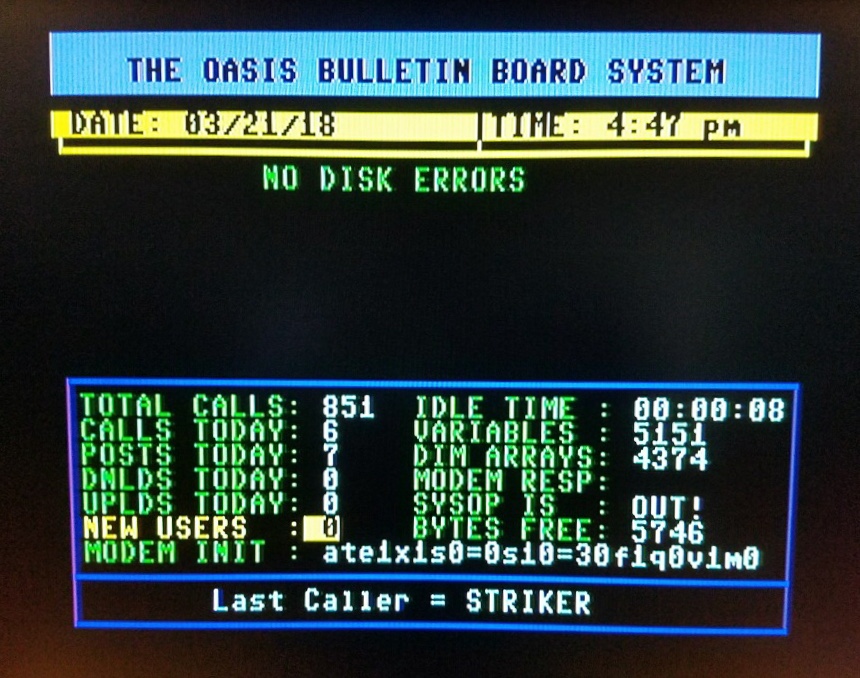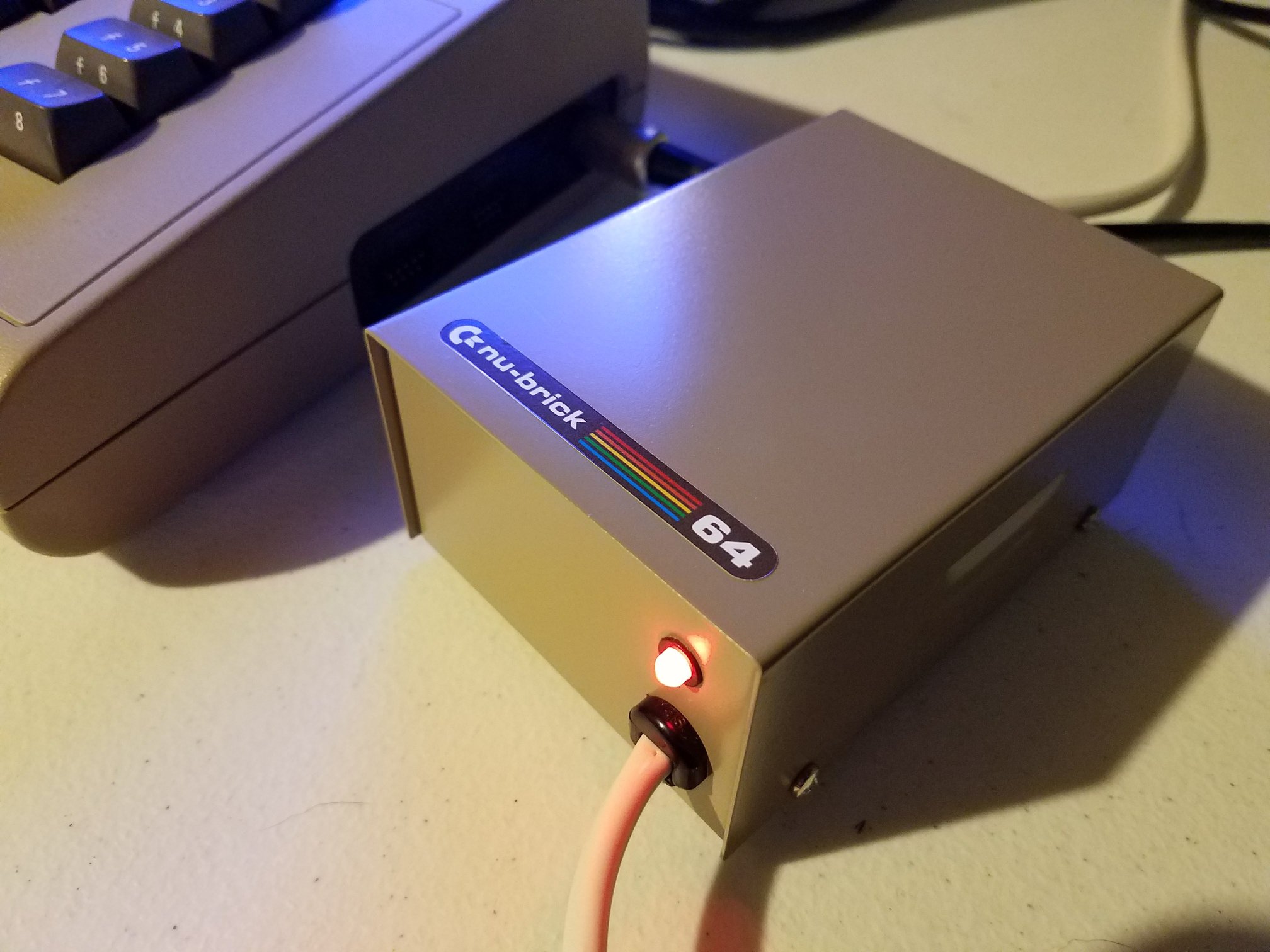Future Retro Fusion’s latest video walks viewers through a practical look at two clever upgrades for the Amiga 500: the PiStorm accelerator and the RGB2HDMI display mod. It’s not a tech lecture—it’s more like peeking over the shoulder of someone calmly upgrading their system without the fluff.
The Amiga 500 used in the video has 1MB of chip RAM and a few tricks under the hood. Off to the side is the keyboard to make space, revealing a Raspberry Pi Zero 2 W sitting snugly on a PiStorm board. The PiStorm itself isn’t large or flashy, but it’s doing serious work. It uses a CPLD (a chip that re-wires itself depending on what it’s told to do) to translate signals between the Amiga and the Raspberry Pi. This allows the Pi to act as a drop-in replacement for the original CPU, giving the Amiga a massive boost without changing its soul.
The Pi Zero 2 W is enough for this setup, though the video shows a Raspberry Pi 3A+ as well—both options get the job done, depending on what you’re after. Once the PiStorm is installed, it doesn’t budge. A bit of insulating tape helps prevent any unwanted contact with the keyboard, and from there, it’s solid.
Next up is the RGB2HDMI, which is almost magical in its simplicity. Instead of converting video the usual way, it grabs raw digital signals straight from the Denise graphics chip. Another tiny Pi board—this time a Pi Zero—is slotted into a thin interface board that sits between chips inside the Amiga. HDMI video is then output via a mini-HDMI port, delivering a pin-sharp display with zero fuss.
Both the PiStorm and RGB2HDMI run what’s known as “bare metal” software—no operating system underneath, just code that speaks directly to the hardware. That means they boot almost instantly. It’s an elegant bit of engineering that cuts out the clutter and just works.
Once powered up, everything is controlled through the Amiga’s native Workbench environment. If anything goes sideways during boot—like a bad startup sequence—you can still recover using a floppy disk image and reset your settings. The video even walks through using the GoTek drive for recovery. Practical and helpful.
Testing kicks off with a few WHDLoad titles—Spider-Man and Altered Beast, among them. The games load fast and look great. One button press (F10) and you’re back to Workbench. It’s quick, clean, and surprisingly responsive for a machine first released in the late ’80s.
The upgrades don’t just make the Amiga faster or prettier. They make it easier to live with. No digging around for legacy monitors, no painfully slow loading times. Just plug in, boot up, and go.







